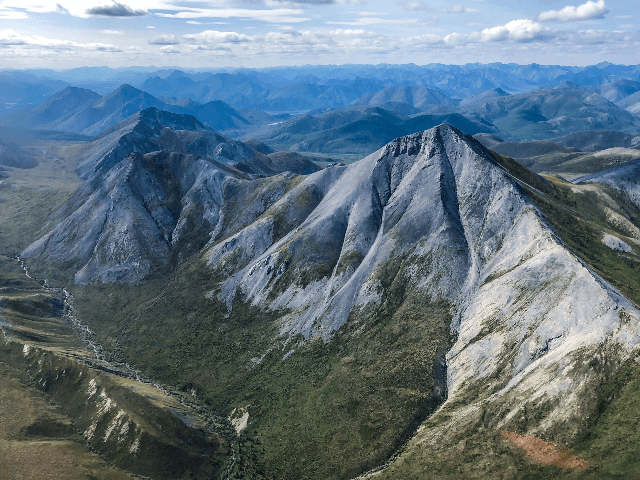The Department of Interior (DOI) announced on Monday that it has approved oil drilling leases for the first time in Alaska’s Arctic National Wildlife Refuge.
Environmentalists and the media are decrying the decision in articles accompanied by photos of polar bears and caribou, including the Wall Street Journal:
Approving the program clears the way to auction oil leases “right around the end of the year,” Interior Secretary David Bernhardt said in an interview. The decision caps more than 30 years of efforts by oil companies and Alaskan leaders to drill in the refuge.
Environmentalists have raised concerns about the impact drilling could have on the polar bears and caribou herds that live in the remote refuge in northeast Alaska. Congress passed a mandate to lease oil rights in part of the refuge in its tax overhaul in 2017, when both the House and Senate were in Republican control.
Mr. Bernhardt said the drilling can be conducted in an environmentally sound manner and that Congress has set details into law that will help the plan withstand challenges from environmentalists.
“Congress gave us a very clear directive here, and we have to carry out that directive consistent with the directive that they gave, and consistent with the procedural statutes,” Bernhardt said. “I have a remarkable degree of confidence that this can be done in a way that is responsible, sustainable and environmentally benign.”
Bernhardt said that the oil drilling would be done on the coastal plain along the shores of the Arctic Ocean and would impact only 0.01 percent of the refuge’s 19 million acres.
And the move is important for Alaska’s longterm economy.
“Alaska has been rocked in recent years by steep drops in both production and exploration,” the Journal reported.” A boom in shale drilling elsewhere has drawn drillers to easier-to-reach and less environmentally sensitive areas, and state leaders have urgently sought ways to lure them back.”
“For Alaska, having continued oil and gas development for the next 30, 40, 50 years is imperative to the state’s economy,” Kara Moriarty, leader of the Alaska Oil and Gas Association, said in the Journal report. “And, yes, there’s oil everywhere, but…we have the strongest environmental regulations. I’d put them up against any others in the world.”
When the Bureau of Land Management finished its environmental impact statement last year, Alaska’s congressional delegation and other state leaders urged Interior to act quickly on leasing in the refuge.
“This is a capstone moment in our decades long push,” Sen. Lisa Murkowski (R-AK) said in a statement. “New opportunity…is needed both now, as Alaskans navigate incredibly challenging times, and well into the future as we seek a lasting economic foundation for our state.”
Environmentalists, however, are sounding the alarm.
“Environmentalists contend the area should remain in a wild state, and have held out hope that drilling could be averted if Democrats gain the White House or attain a majority in the Senate,” the Journal reported.
“Our climate is in crisis, oil prices are cratering, and major banks are pulling out of Arctic financing right and left,” Adam Kolton, executive director of Alaska Wilderness League said in a statement on Monday. “This rush to drill would culminate in a fire sale of our nation’s most iconic wilderness.”
Follow Penny Starr on Twitter

COMMENTS
Please let us know if you're having issues with commenting.